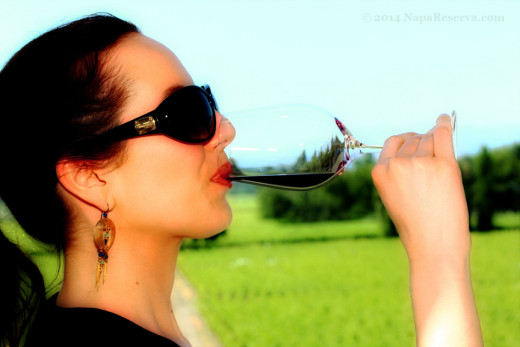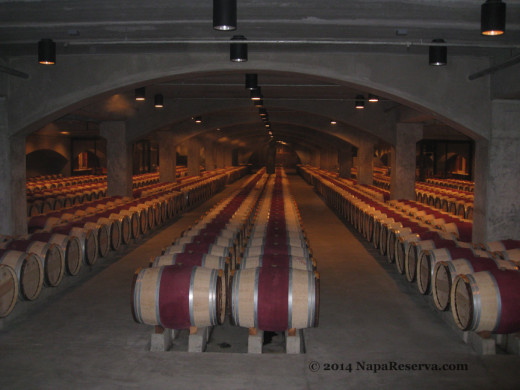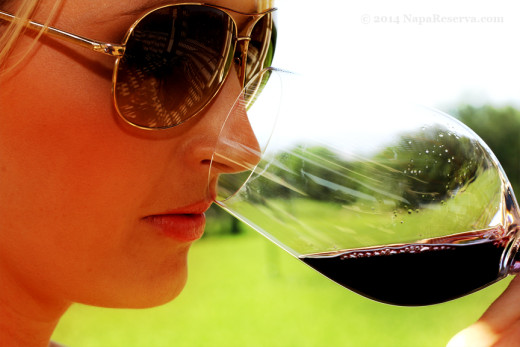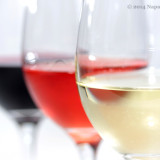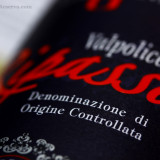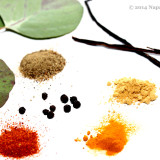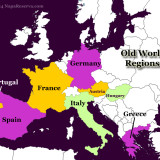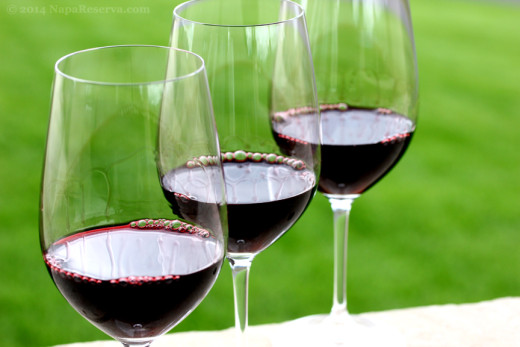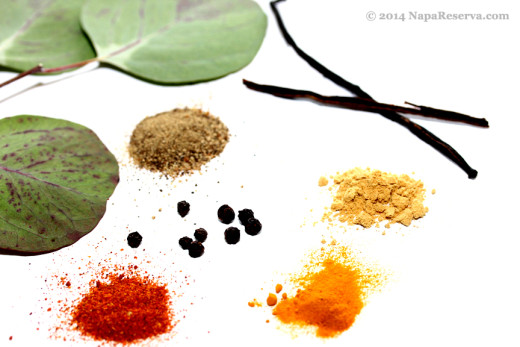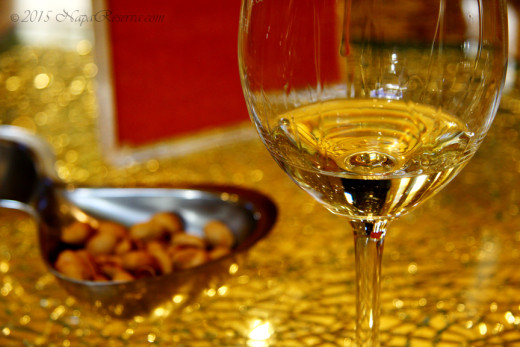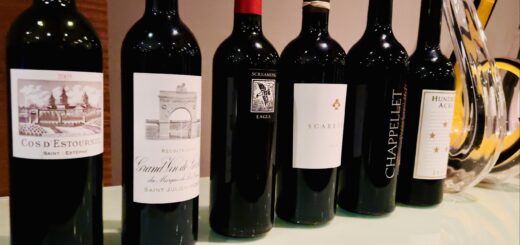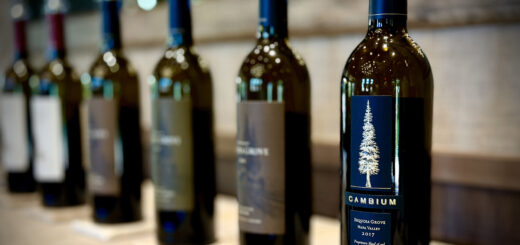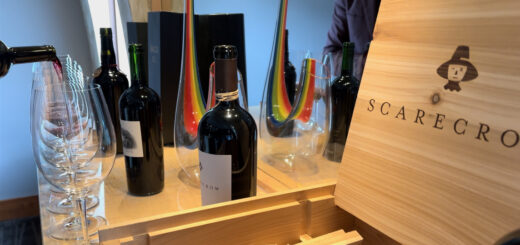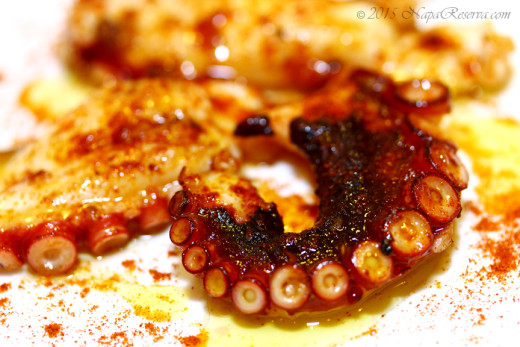4 concepts of expert tasting and wine review
If you have read a wine review or two, notice how they all sound very similar? well! because almost always, they describe the 4 areas of taste in wine: sweet or dry, fruit or earth, light body or full and finish long or short. Why? because that is exactly how your palate interacts with each sip of wine:
1. Sweet or Dry
Your palate loves sweet and that’s the first thing it will detect. Within the first several 10 seconds of sipping, you should be able to tell if there’s any residual sugar left in the wine. Is it completely dry, off-dry, semi-sweet or sweet? Now, you should also taste its natural acid but at this point, it’s hard to tell if such acidity is balance -this happens right before the finish.
Keep in mind that fruity characters in wine might be mistaken as sweetness; dry wines can be very fruity however sweet wines are usually very fruity.
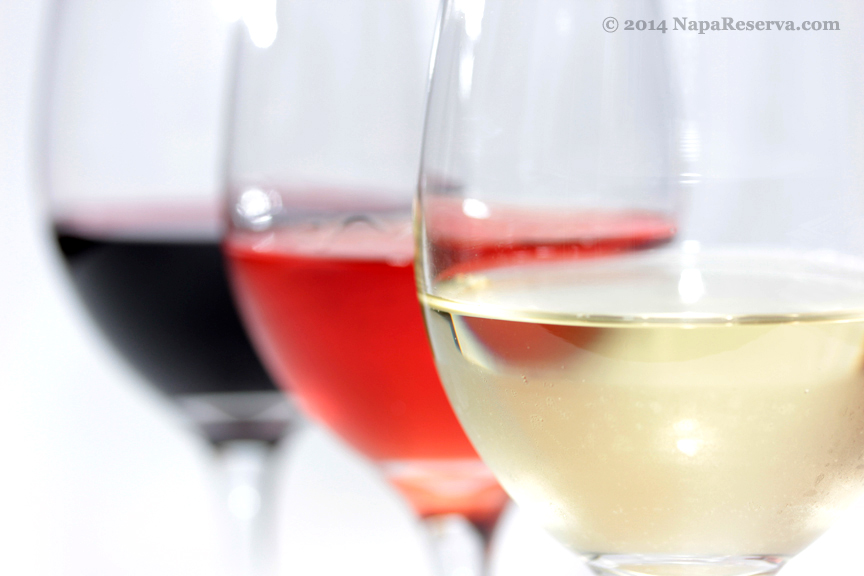
2. Aroma, Flavor and Bouquet
Swirl wine in our mouth for a while, your palate will soon be tingled with flavors, fragrance and aroma that this wine can offer. Now fruit, herb, earth and wood will be revealed. Some wines are one dimensional with more forward flavors and bouquet. On the other hand, some wines might have many layers of flavors, each sip reveals more flavors. This would make a very complex wine. Experienced wine drinkers enjoy wines with layers of flavors that makes them ponder a bit harder after each sip -however intense flavors do not always result in good wine.
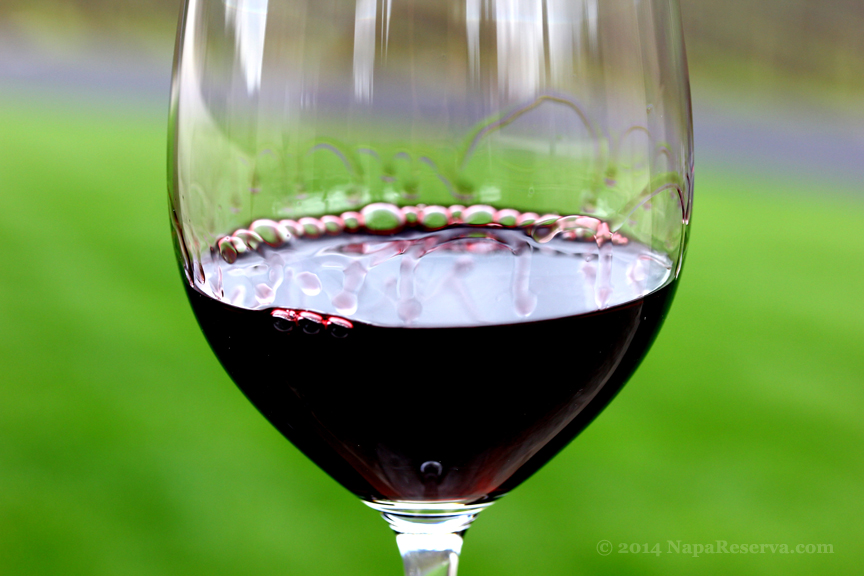
3. Texture and body
Wines like food also has texture of their own. But first of all, wine also has body, which refers to how thick (or thin) the wine feels in the mouth. Some could be very thin that could be described as watery; on the other hand, wine can be full body or very structured. In between, it could be light, medium and medium plus). When it comes to texture, it’s about how the wine feels as it glides through your palate. Wine that went through Malolactic fermentation, often feels creamy or velvety; some California wines which are made from very ripe fruit can be jammy -or like thick (fruit) syrup.
Intensity of flavors does not rely on the body and structure of wine, some wine with lighter body such as Rioja and red Burgundy can be very aromatic and intense in flavors.
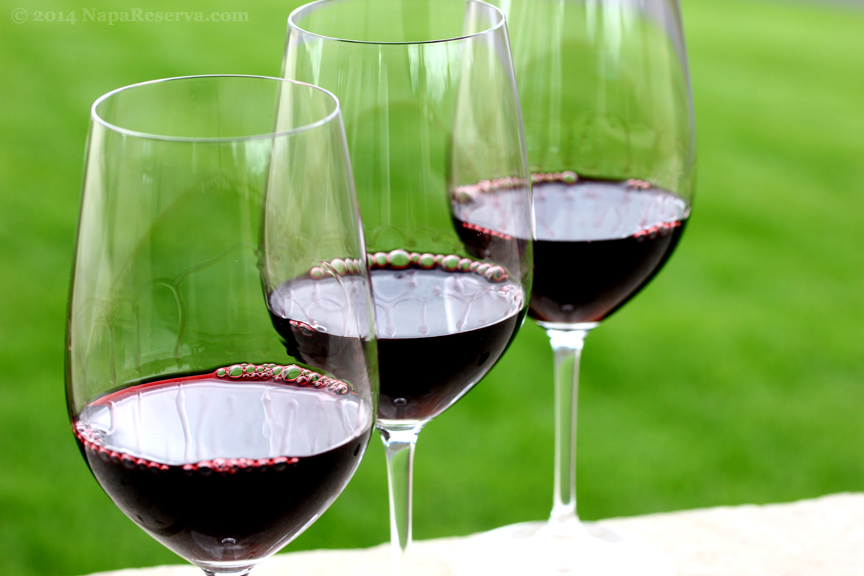 4. Finish
4. Finish
Wine finish refers to how the wine still tastes after the sip has been consumed. The effervescence of flavors can still be tasted long after the wine left your palate; however, at this time, it is more about feel rather than taste. Some flavors might linger, but at this point you question the wine of its balance, complexity, elegance and overall the memory it leaves behind. This is why we pay the big bucks for.
So, How long does it take a sip of wine?
This will actually work in reverse because the more experienced you are, the longer it takes. Early wine drinkers usually stop critiquing the wine soon after its aroma of fruits and perhaps some Oak. As their taste-buds mature, savoring wine will take more than just a minute or two and definitely more than just one sip. Each sip of wine carries a different message as the palates get acquainted with wine, detecting each layer of flavors patiently one by one. As each wine presents a unique structure, complexity and elegance; only then you can decide whether or not you enjoyed it, falling for it or even obsess over it.

